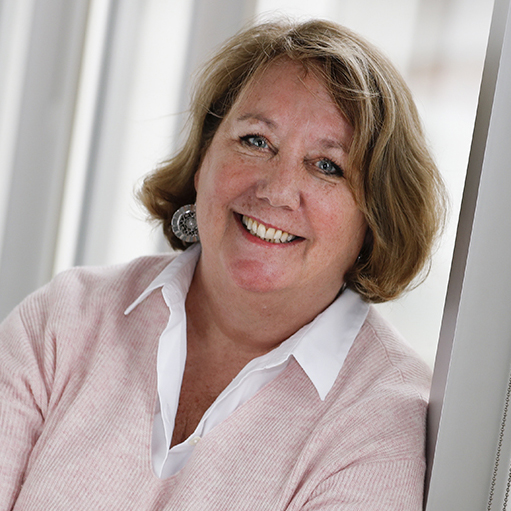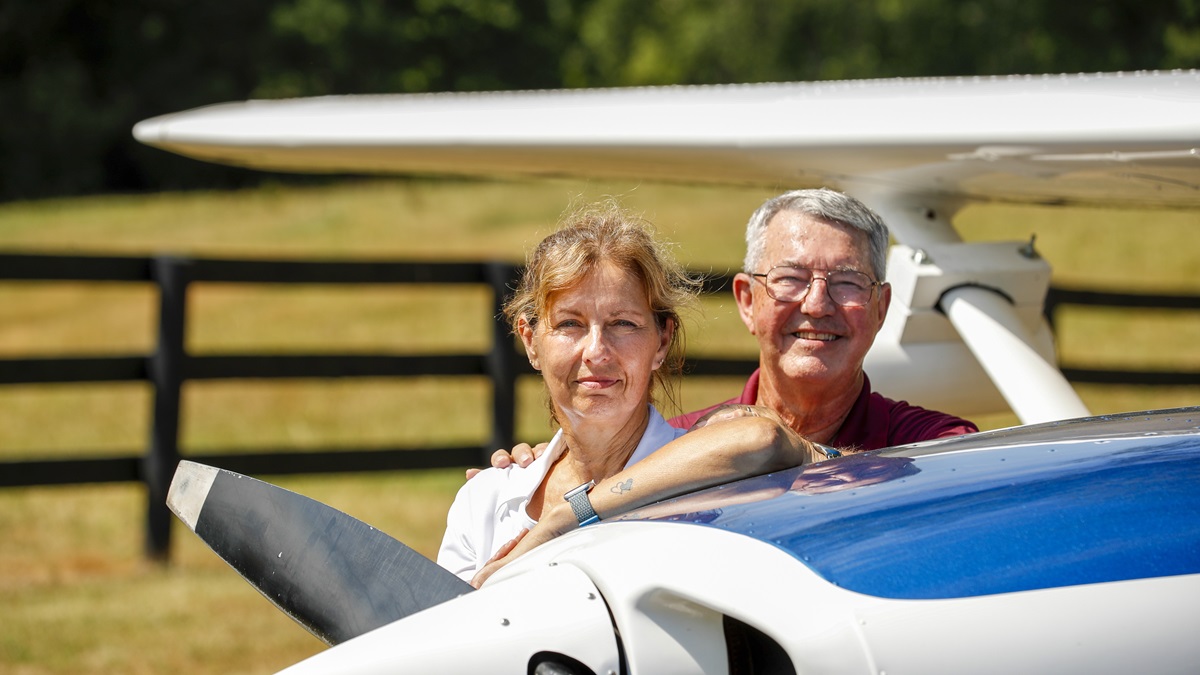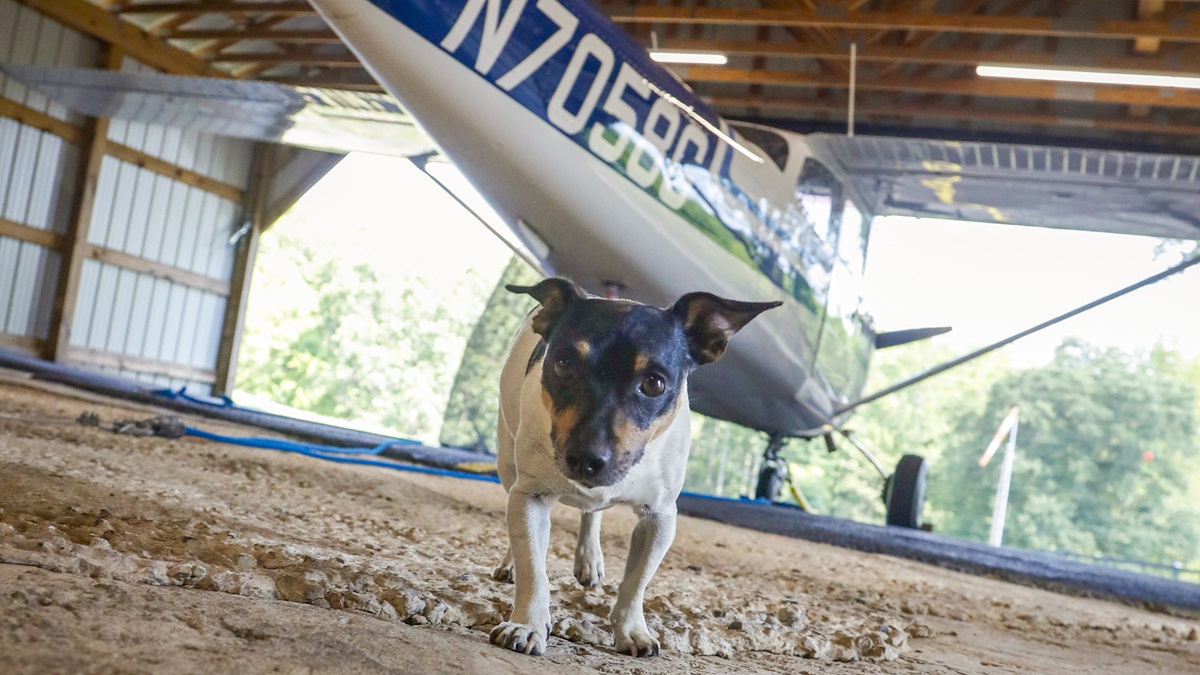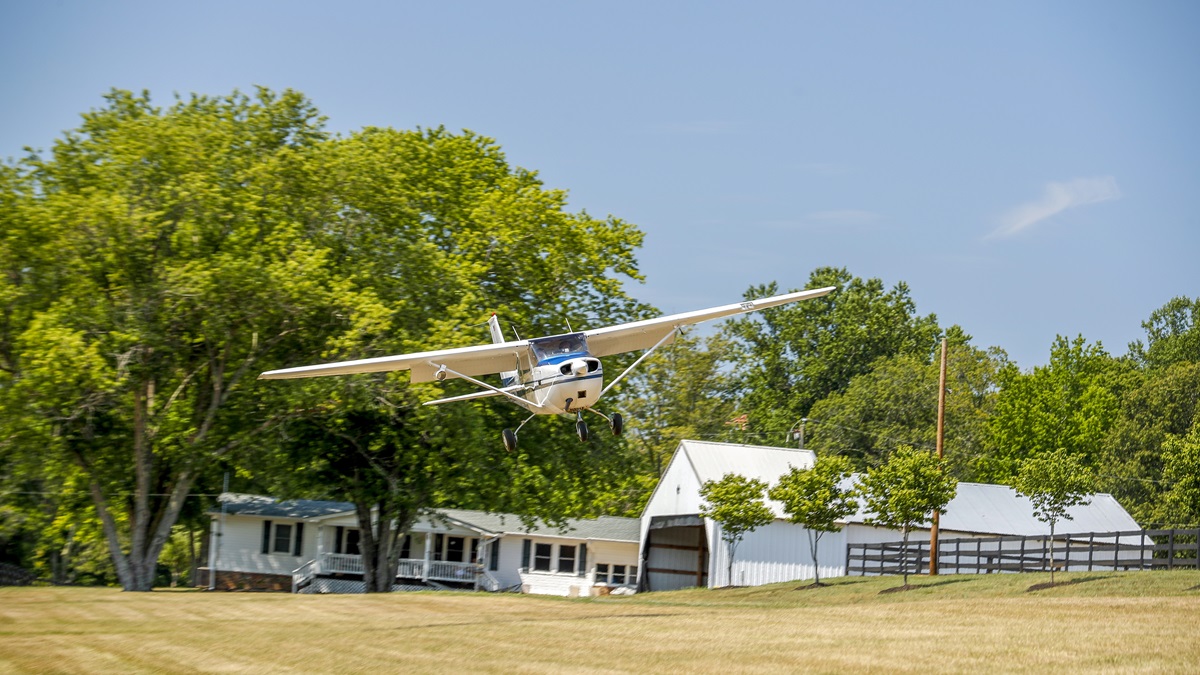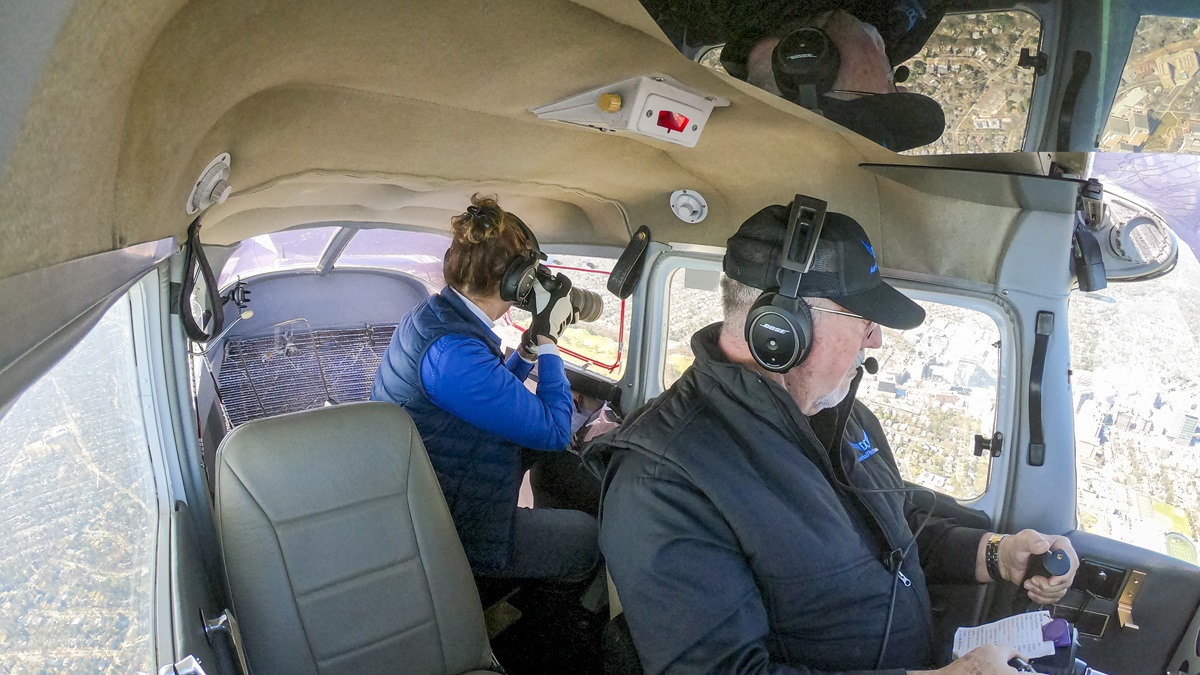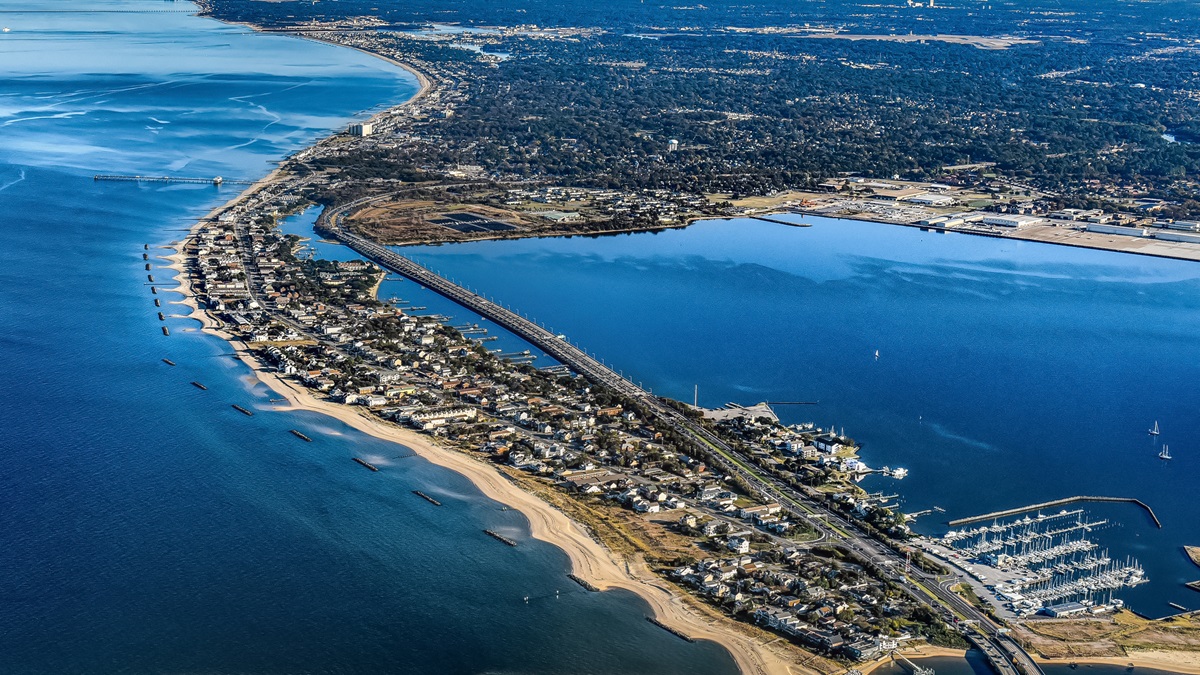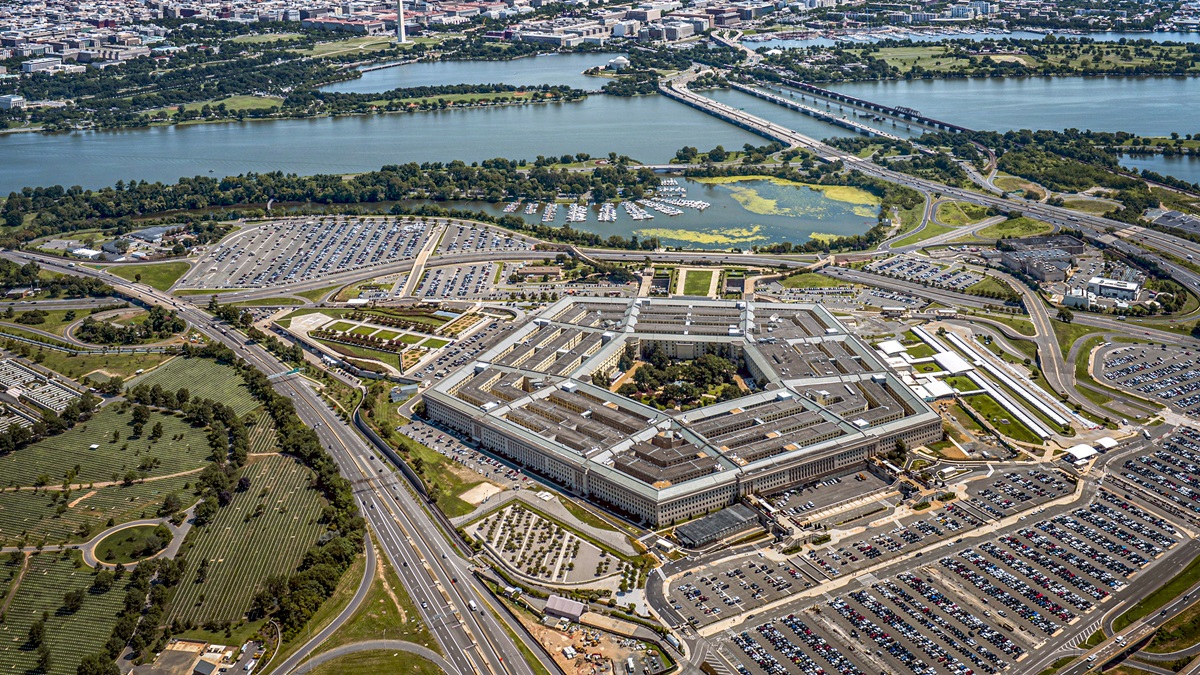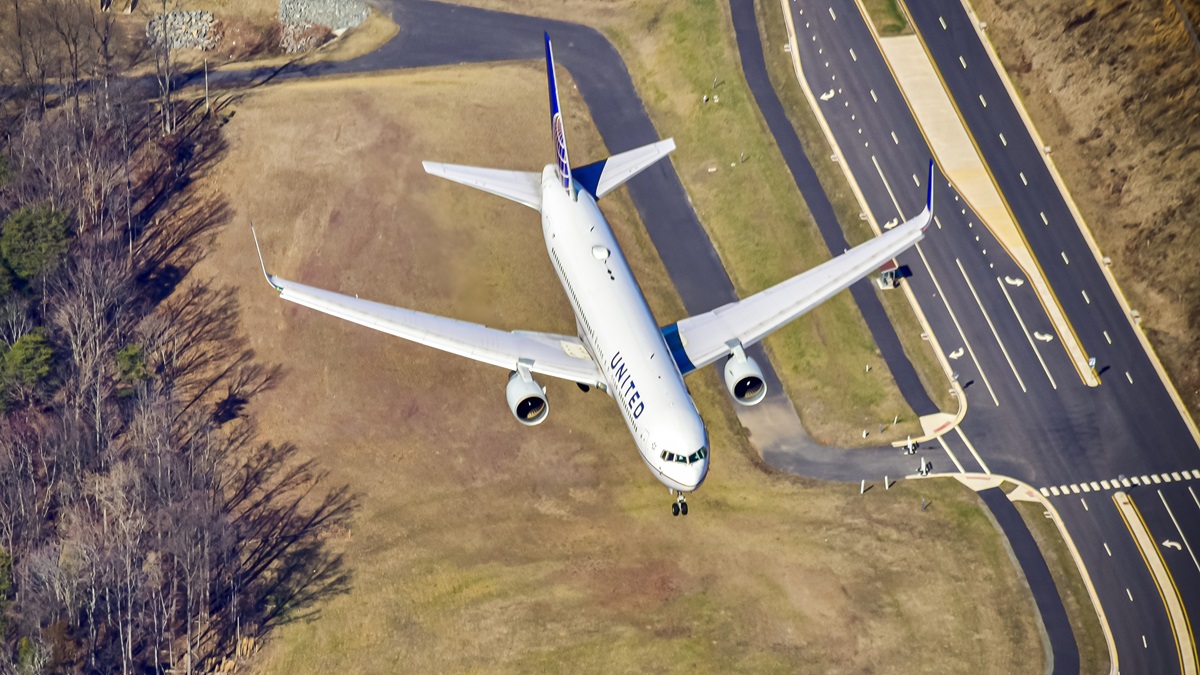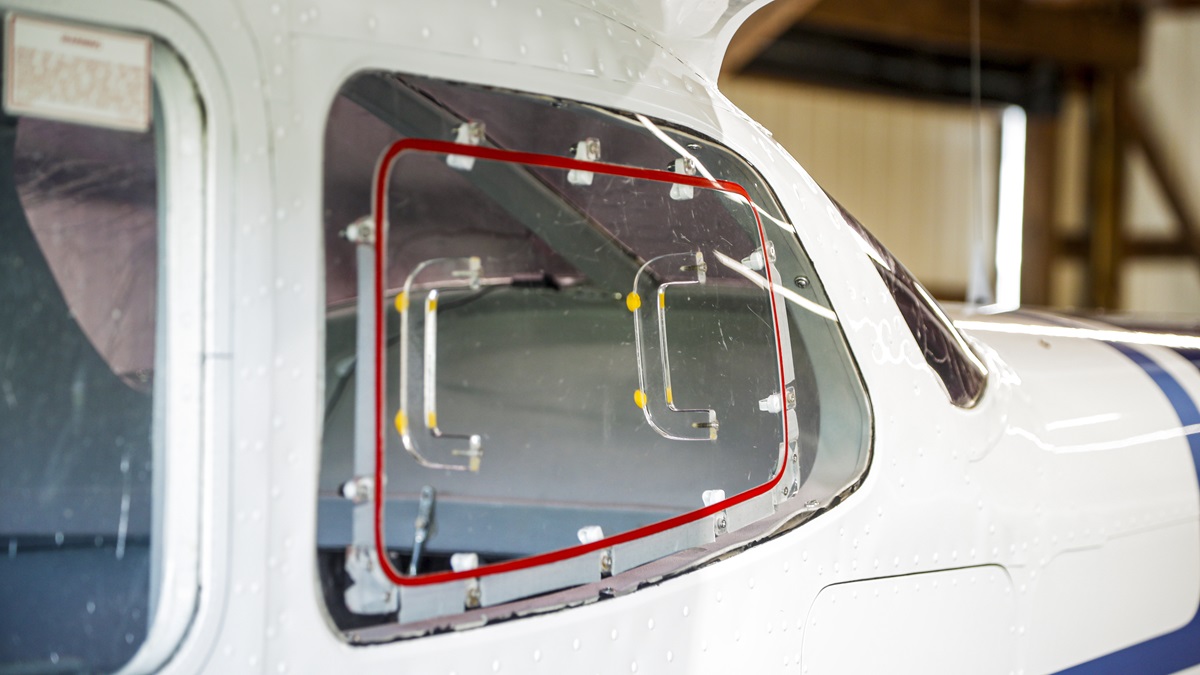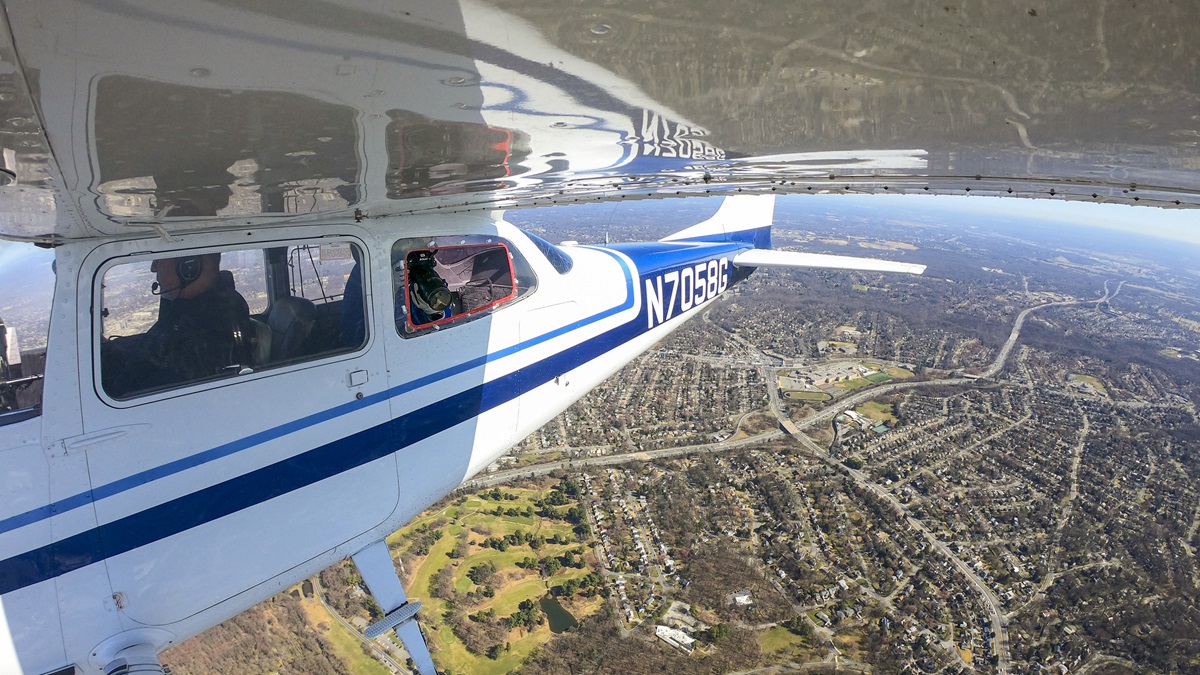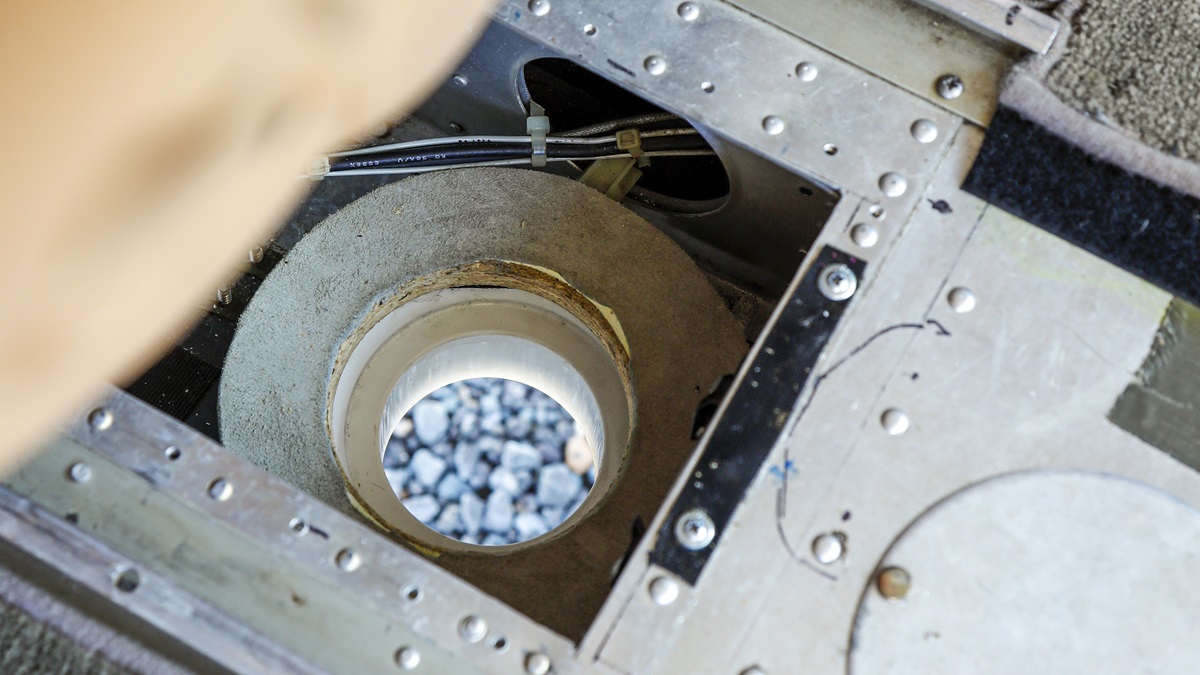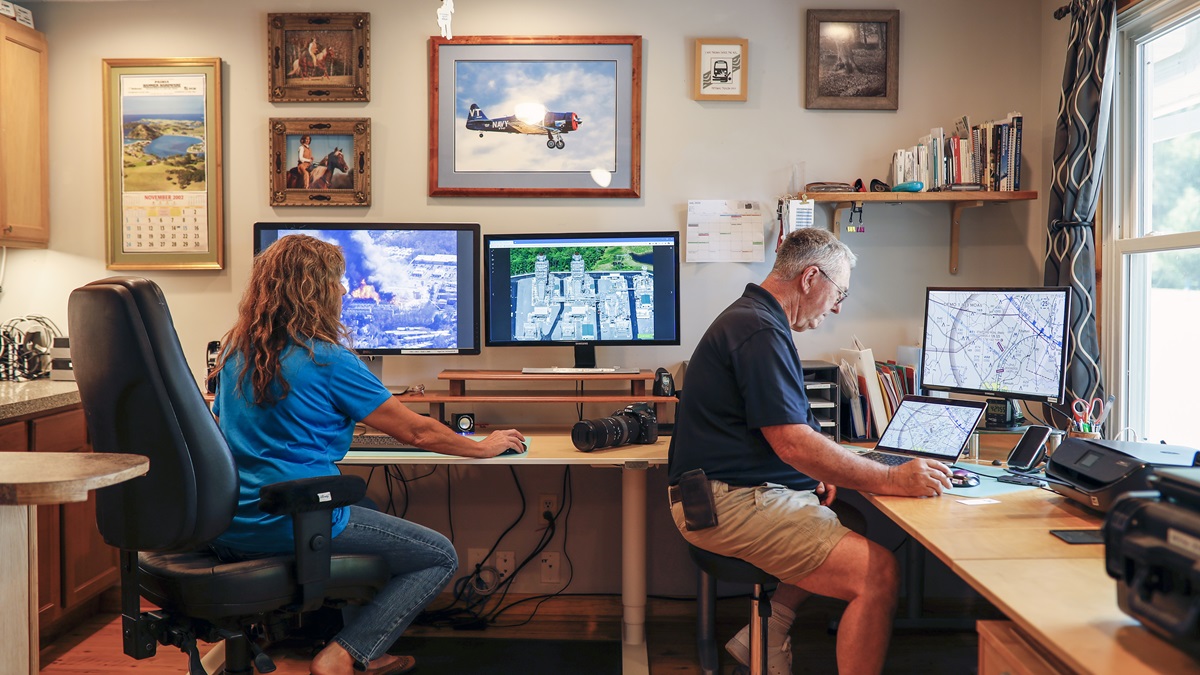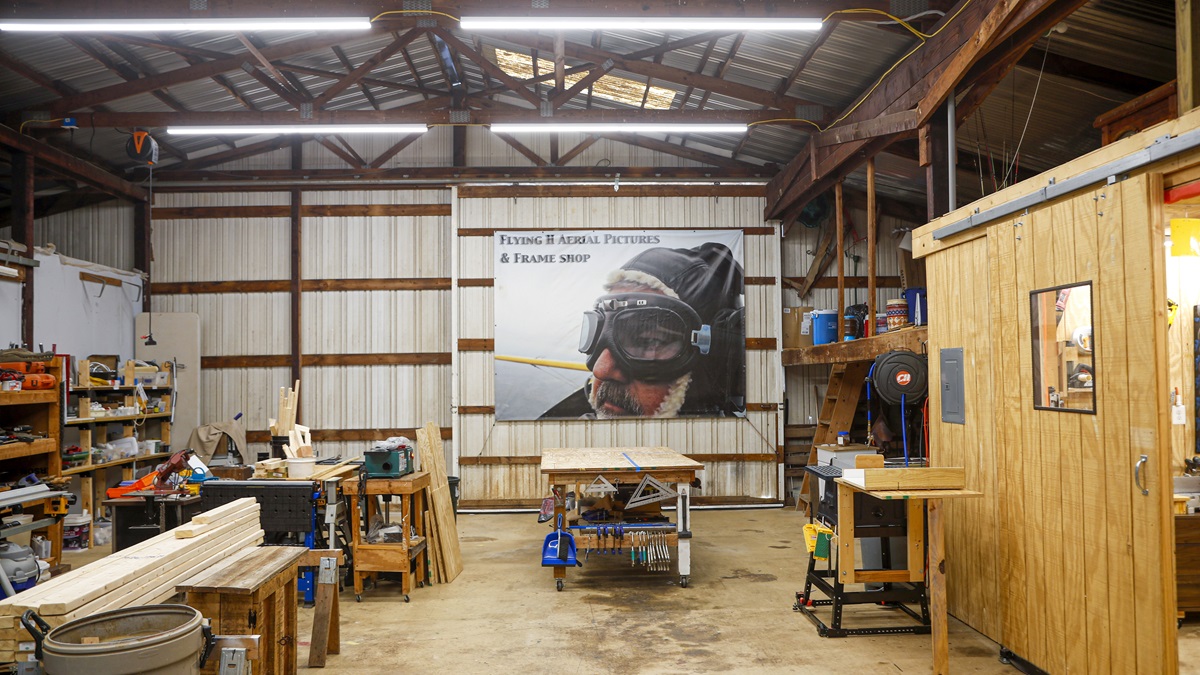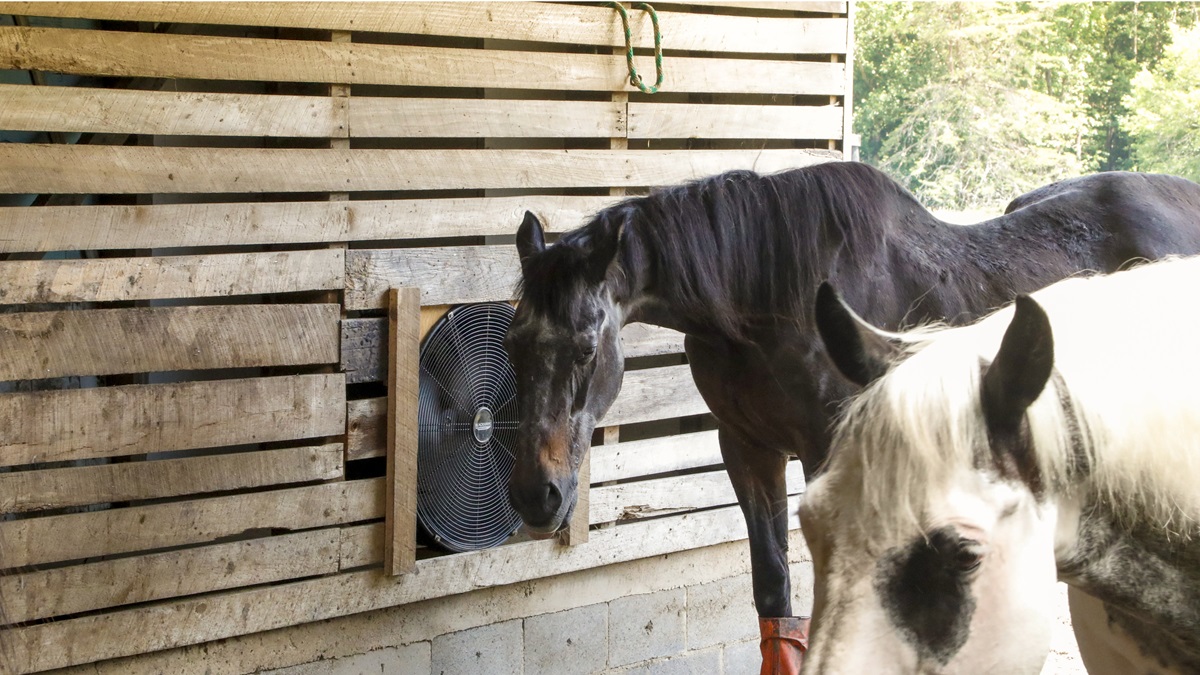Farm to Capital
Aerial photographers fly from rural Virginia to Washington, D.C.
Then fire up the engine of one of their two Cessna 172s to fly into the heart of the nation’s capital. They fly from a 2,000-foot grass strip just steps from their front porch to the Special Flight Rules Area of Washington, D.C. They take aerial photographs in some of the most restricted airspace in the world, fly back home, and drop back into their 80-foot-tall-tree-circled strip. All in a day’s work.
Both former air traffic controllers in busy airspace in Houston and Washington, D.C., the couple met in Texas in 1995. They’d both grown up in southern Illinois just miles from one another but had never met. He was the manager at then-Alliance Tower in Fort Worth and she worked at Dallas-Fort Worth International.
Until 2010, each had high-profile, rigorous roles with the FAA. Dan retired from downtown Washington headquarters in 2000 and then worked as a contractor. Susan worked the Potomac Tracon and retired in 2006 but then was asked to come back and work downtown in airspace security. “I was the person who could push the button and call the fighters,” she says. They both eventually completely retired in 2010.
Although they are both commercial pilots, Dan says his wife would rather be on a horse. In 1996 they found a farm in Stafford County, Virginia, outside Fredericksburg (which they call Fred-Vegas). It’s 40 acres of grass, trees, birds, and bunnies. Just 90 miles outside the district, but it feels a thousand miles away, and, by the way, it has a grass strip. “I said, oh, honey, you can have an airplane and I can have the horses,” Susan remembers. The land was owned by a friend and former airline pilot, Bob Hayden. He sold a portion of his 95-acre property to the Hedenbergs. Since both had last names that begin with H, when the county required the name of the road into the property to be changed because of the sale, he dubbed it Flying H Farms Road.
Here’s something you need to know before their story continues: Susan is a force of nature (definition—someone or something with a huge and seemingly unstoppable amount of energy). A few horses became 42, the farm activity became riding lessons for hundreds of children, and the job at the FAA was full time and an hour and a half drive each way. (“I’d never see the farm in daylight except on the weekends,” she says. “And then we’d have cars lining the drive with families bringing their children for lessons.”)
Dan bought his airplane, and Susan hated it. It was a Maule M4–220, and she thought it was just too small and cramped, and it turned out to have maintenance issues. (Dan loved the airplane.) So, on one of the Maule’s repair visits to the Culpeper Regional Airport, Susan asked to fly the flight school’s old Cessna 172 back to the farm. They bought the 172, named it Goober, rebuilt its engine, refurbished it, and Dan learned to love it.
On a local flight around the area from the farm, Dan suggested a way to pay for gas—Susan could take aerial photos of property and scenic vistas and they could sell them. By then the riding school had worn them out, their children were grown, and Susan—ever looking for a new project—considered the idea. But she’d never taken a photo in her life. “I didn’t know an F stop from a train stop,” she says.
She found a mentor in Washington aerial photographer Kent Larson. She flew with and learned from him until an aircraft accident in 2013 made Larson decide to sell his company. As usual, Dan and Susan jumped in head first.
The Hedenbergs are the pilot and photographer for their company, DC Aerial Photos Inc. They now have two Cessna 172s, both outfitted with camera ports in the side windows and vertical ports in the belly of the airplane. One is hangared at Culpeper Regional Airport and one at the farm. They swap them monthly; “To keep them exercised,” Dan says. But it’s also smart business—if there’s weather keeping them on the ground at the farm, they can quickly get to Culpeper to fly from there.
Susan is the organizer, the photographer, the editor, and the contact with the many, many entities they must deal with in order to fly inside the FRZ and SFRA. They take photographs of commercial real estate, sporting events, and construction sites, and they have several government contracts. Currently they are documenting the progress of Maryland’s Metro purple line and the expansion of I-66. “We shoot dirt,” she quips.
What sets the couple apart is their intimate knowledge of Washington, D.C., air traffic control. “We were on the other side of the mic for more than 30 years,” Susan says. “Before we fly and when we fly, I coordinate with TSA, the FAA, Potomac [Tracon], the NCRCC [National Capital Region Coordination Center]…we are being watched by many, many agencies. It’s routine stuff for us.”
Dan, who says he has the easy job—“I just drive”—admits the flying can be challenging, especially as they get closer into downtown and when dealing with traffic from Ronald Reagan Washington National Airport. He has more than 3,000 flight hours and says 2,500 of those hours are flying in left-hand circles; Susan sets up behind him and usually shoots photos from the left side window. She photographs from both sides but left is preferable because it reduces the chance of the aircraft’s strut or other part of the aircraft appearing in the photo. She recently had back surgery and has now set a small folding chair in what was the back seat. She handles the radio and flies in the right seat until they get to the site, then she climbs in the back to shoot. Then she climbs back up front to help guide them home.
“He may say he has the easy job, but he’s the key. We’ve been together a long time. He reads my mind. I’ve tried flying with others, but I totally trust him,” Susan says.
Flying H Farm’s grass runway is two miles north of the Rappahannock and Rapidan rivers, so Dan calls the approach the “Confluence One arrival.” Many pilots won’t attempt to land here—and Dan admits to 30 days of low approaches before he braved it. But now the slanted 2,000-foot grass runway with a bend in the middle, trees all around, and power lines at each end is “Not a problem; it’s nice to get home.”
Oh, and about that elderly horse. Another of Susan’s many projects—she also is a woodworker, craftsman, and leathersmith—is Harley, a 53-year-old retired racehorse she takes care of for a friend. She must be doing a heck of a job, because that horse may be the oldest one in the world, according to my very unscientific research on the internet.
Email [email protected]
